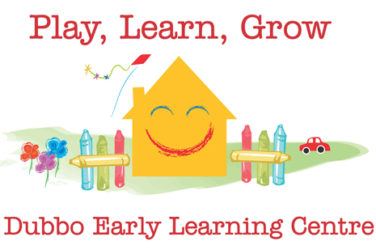Educators entering children’s Playworlds
‘Playworlds’ describes a play pedagogy used by teachers in Sweden Finland, the United States and Japan to create imaginary worlds with children. It was first developed by Swede Gunilla Lindqvist in 1995. Playworlds involves the children and teacher/adults collectively bringing a piece of children’s literature (eg fairy tales/stories) to life through scripted and spontaneous acting, and costume and set design.
Hakkarainen et al. (2013) say for Playworlds to work well teachers/adults must:
- be emotionally involved in the play
- facilitate critical turns in the play eg introducing new characters and events, or introducing a critical incident so the play continues to develop
- take a role in the imaginary play eg a character in the storyline.
Playworlds enables adults to connect with children and provide guidance without imposing authority, fear or hierarchy. Because teachers have a role in the imaginary play, they can assist children to act out/work through complex problems and situations.
What do we need to do to enter children’s imaginary play?
We need to be able to narrate or tell a story. Children store all their experiences as narratives eg if we do this, then that happens, or first we do this, and then maybe we’ll get this outcome. A narrative has been described as the smallest cell of human thinking – put lots of narratives together and you construct complex thinking and outcomes. Young children get involved in narratives very early, during routines carried out with caregivers -there is a beginning, conflict (what happens) and the resolution eg now we’re going to change your nappy, let’s take off the old one, now you’ll feel better with a nice, dry bottom, there we go, all done.”
Children’s imaginary play is where those narratives get developed. How we interact with children in these narratives/play has huge implications for their learning outcomes, because we can make the play more complex, more exciting, and we can help children to learn about a range of issues that come up including ethical and social matters. In Vygotsky’s language, educators/adults are interacting with children in their ‘zones of proximal development’ – assisting children to reach their potential level of development.
Hakkarainen et al (2013) say successful narrative play happens when all players (children and adult) develop shared ideas and construct a plot (storyline) together. It must:
- Have a social/collective character
- Be imaginative
- Be creative
- Be developed over time
- Be challenging
- Have a narrative structure
Even very young children have the ability to engage in this type of play as long as the storylines and support offered are appropriate.
From their research and experiments, Hakkarainen et al identified seven characteristics of adult involvement in imaginary play, but it is important how each of these are used. If adults are not fully involved in the play, or do not follow children’s ideas, the play activity will be unsuccessful. Successful play outcomes happen when adults/educators implement play that is spontaneous, improvised and creative, challenging, motivating, full of dramatic tension and based on children’s ideas at all times. Adults also need to be emotionally involved in the play and deeply embedded in their character role. See the table below:
Don’t think from all this that imaginary play has to be complicated. It’s okay to construct simple story lines during play with children as long as you make sure it is successful. Whether the play is simple or more complex, developing play through adult involvement and role play has the potential to move the activity to a higher level. Skilful adult participation helps to incorporate children’s ideas and themes into one creative project. The more experienced children become, the easier they can construct long-lasting play activities on their own. Entering children’s imaginary play also wakes up adults’ own imagination, and switches adult thinking from rational to narrative.
With so many fantastic outcomes for children and educators, it’s time to try something new. Observe your children and try to catch their play idea, then step into children’s play and get involved. Remember – you are trying something new. It may take time for children to accept you as a play partner, or to become competent creating stories with children, but don’t give up. There’s too much to lose.












